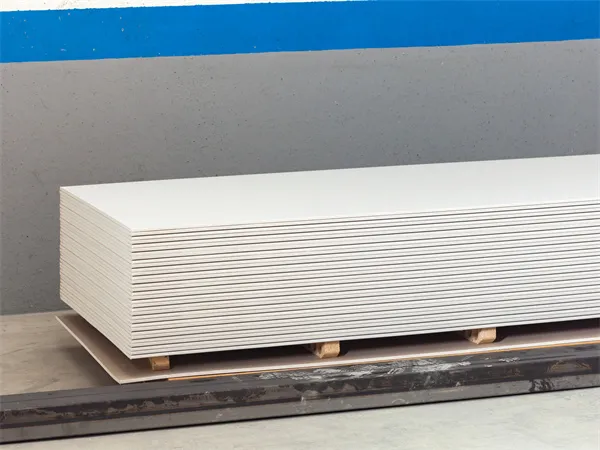
Understanding Plaster Retarders: Applications, Types, and Performance
Plastering is a time-sensitive process that demands a careful balance between setting time and workability. A ritardante per intonaco is a chemical or natural additive designed to delay the setting time of gypsum-based materials, providing users with more time to apply and finish the material effectively.

The most common retarder in gypsum is cream of tartar plaster retarder, a food-grade substance that slows the hydration reaction of calcium sulfate hemihydrate (gypsum). In modern construction, gypsum plaster retarders are available in both liquid and powder forms, catering to diverse project needs. These additives are particularly beneficial for large surface areas, hot climates, or complex designs that require extended application periods.
One popular option is Easy Mix Plaster Retarder, which integrates seamlessly with plaster mixes to extend working time without compromising strength or durability. Similarly, the Extra Time Plaster Additive and ExtraTime Plaster Retarder are used to delay set time for up to 60 minutes, allowing for better handling and fewer surface imperfections.

Gypsum Chemistry – Accelerator or Retarder?
There's a common question in the construction world: gypsum is accelerator or retarder? The answer depends on the chemical formulation and the desired effect.
Gypsum itself (calcium sulfate hemihydrate) is the core material that sets when mixed with water. On its own, gypsum doesn’t inherently act as an accelerator or retarder. However, when certain gypsum additives are introduced, the setting time can be manipulated.
For example, a gypsum plaster accelerator is often added when quick setting is required — for instance, in cold weather or under tight construction schedules. On the other hand, a gypsum retarder chemical delays the setting process to allow for more workable time. So, to clarify: gypsum is retarder or accelerator depending on the additive included in the mix.
Product formulations such as USG Plaster Retarder are well-known in the market for delivering consistent results. They are engineered to control setting time without affecting compressive strength or surface finish. Likewise, products like ExtraTime Plaster Retarder Screwfix offer easy on-site solutions that are user-friendly for both professional and DIY applications.
Conclusion: Choosing the Right Retarder for Your Project
Choosing the right plastering retarder depends on your specific project needs, environmental conditions, and application techniques. Whether you're using extratime plaster retarder for large-scale jobs or selecting gypsum board fire retardant materials to improve safety and performance, the key lies in understanding your product options.
From Easy Mix Plaster Retarder to USG Plaster Retarder, the market offers a wide range of solutions tailored to construction and renovation professionals. Knowing the role of gypsum additives, the function of gypsum plaster accelerators, and the various chemical or natural retarders available helps ensure optimal results every time.
FAQ : Key Questions About Plaster Retarders, Additives, and Their Uses
Q1: What is the most common retarder in gypsum?
A1: The most common retarder in gypsum is cream of tartar plaster retarder (potassium bitartrate). It is widely used to slow down the setting time of gypsum-based products, offering more working time during application.
Q2: What is ExtraTime Plaster Retarder used for?
A2: ExtraTime Plaster Retarder is used to extend the setting time of finishing plasters by up to 60 minutes. It's especially useful in warm climates or on large surfaces, helping reduce stress and improve finish quality.
Q3: Is gypsum an accelerator or a retarder?
A3: Gypsum itself is neither inherently an accelerator nor a retarder. However, it can be modified with gypsum plaster accelerators or gypsum retarder chemicals to either speed up or slow down the setting process depending on the project needs.
Q4: What’s the difference between USG Plaster Retarder and Easy Mix Plaster Retarder?
A4: USG Plaster Retarder is a commercial-grade product designed for large-scale construction applications, while Easy Mix Plaster Retarder is often preferred by contractors and DIY users for its simplicity and ease of blending into plaster mixes.
Q5: Can I use plaster retarders with gypsum board fire retardants?
A5: Yes, plastering retarders can generally be used alongside gypsum board fire retardant formulations, provided compatibility is confirmed by the manufacturer. This ensures both workability and fire resistance are maintained in the final product.
-
Hydroxypropyl Starch as a Sustainable Construction AdditiveNewsNov.24,2025
-
The Gelation Properties of CMCNewsNov.21,2025
-
Redispersible Latex Powder and Water Retention CapacityNewsNov.21,2025
-
Dosage Control for Polycarboxylate Water ReducerNewsNov.21,2025
-
Film-Forming Properties of Polyvinyl AlcoholNewsNov.21,2025
-
The Function of Gypsum Additives in MortarNewsNov.21,2025





















